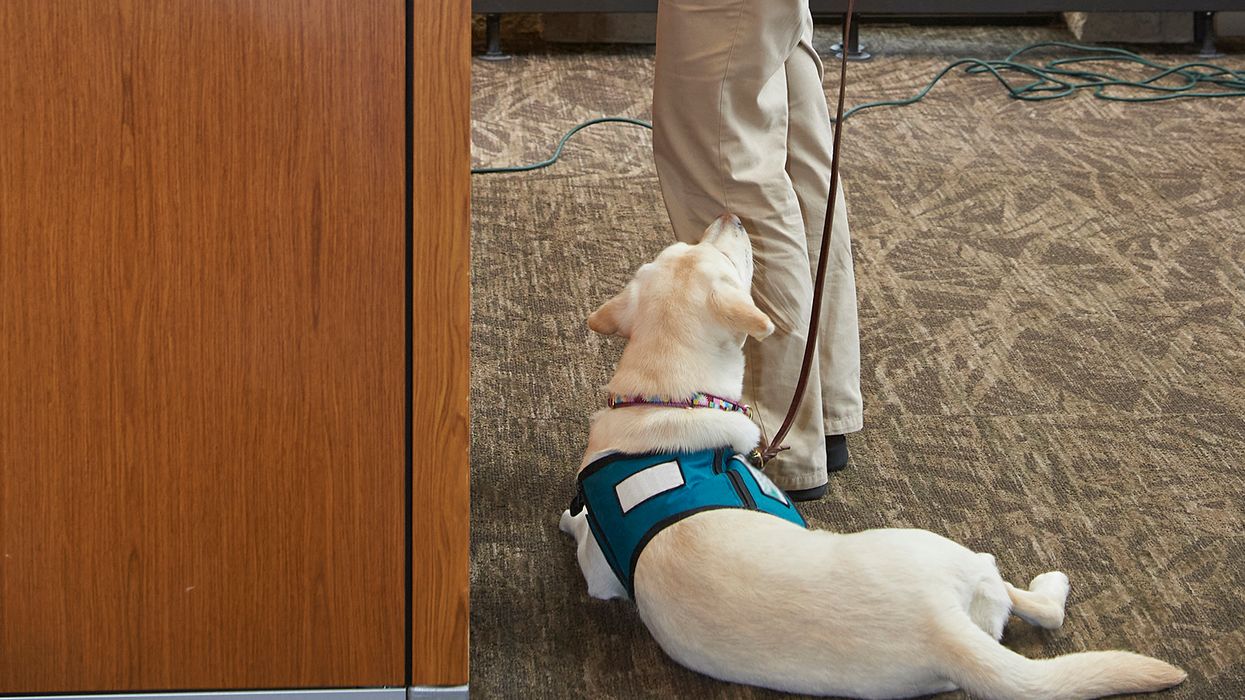Employers can benefit from knowing the types of FMLA claims
You know it’s a bad day when you learn that an employee is suing your company, claiming a violation of his or her rights under the Family and Medical Leave Act (FMLA). For anyone who has ever had the unhappy pleasure of seeing first-hand how the courts handle FMLA claims, you probably already know about what types are available.
For those of you who are not indoctrinated, however, knowing the types can provide insight into employees’ rights as well as your obligations under the law, and perhaps your potential defense. Remember, HR professionals, managers, and supervisors could all be held individually liable under the FMLA, so you have stake in the game.
The FMLA recognizes two types of claims: interference claims, in which employers place too much burden on employees or outright deny rights to which their employees are entitled; and retaliation claims, in which employers take adverse employment actions against employees for exercising their FMLA right to take leave. To establish an interference claim, employees (plaintiffs) would need to be able to show the following:
- They were an eligible employee.
- The employer was subject to the FMLA.
- They were entitled to leave under the FMLA.
- They gave the employer notice of the intention to take FMLA leave, and
- The employer denied FMLA benefits to which they were entitled.
To establish a retaliation claim, employees (plaintiffs) would need to show the following:
- They engaged in an activity protected by the FMLA,
- The employer took an adverse employment action against them, and
- There was a causal connection between the protected activity and the adverse employment action.
Based on what a plaintiff needs to show, you can begin to consider a possible defense. Perhaps the employee did not meet the eligibility criteria. Perhaps you have documented proof that the any adverse action was not connected to the taking of FMLA leave.
Even if you never need to prepare a defense, knowing how claims play out can provide you with insight, since a good defense is a strong offense.






































































